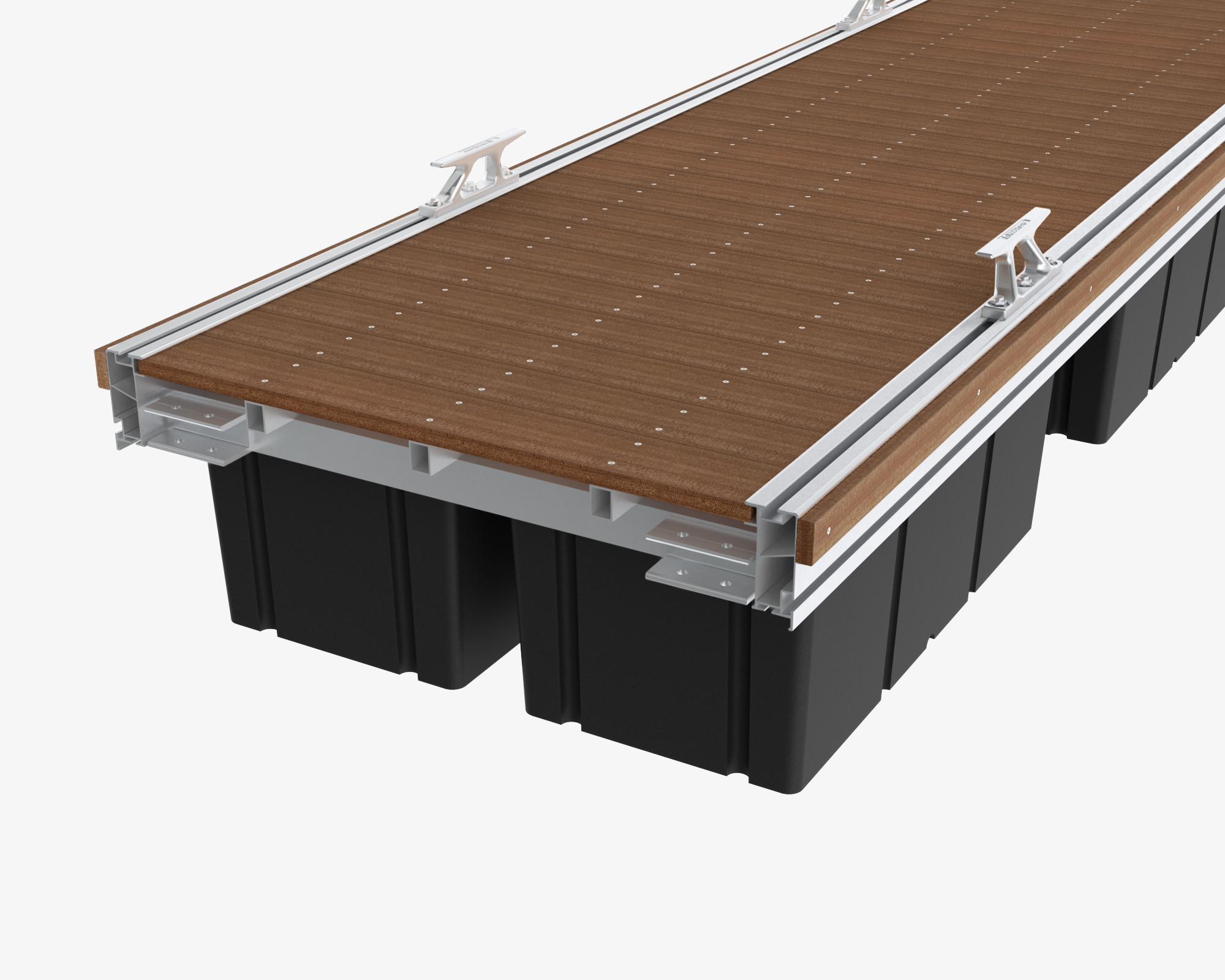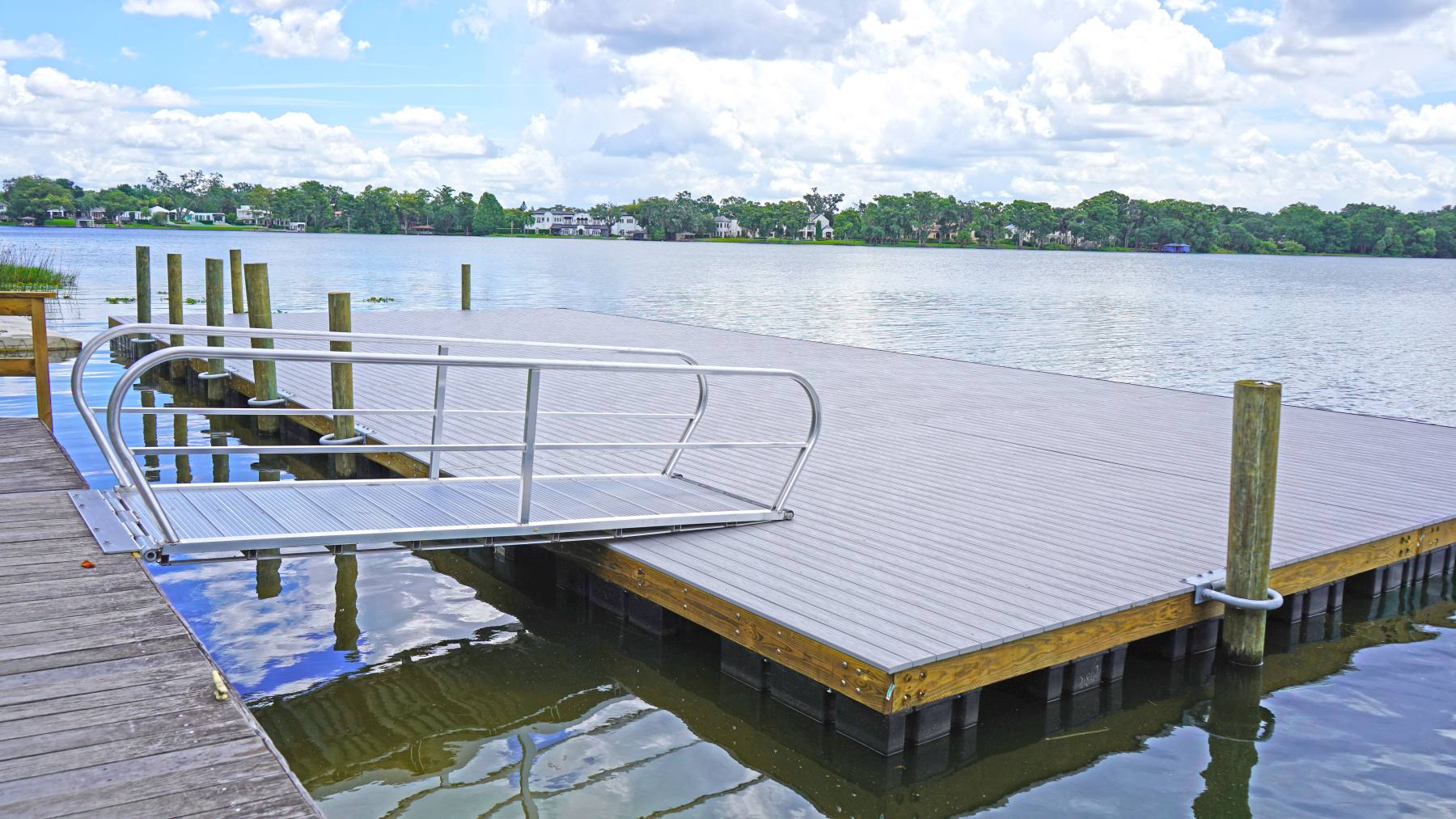Discover the Benefits of Selecting a Floating Docks Solution for Your Waterfront Residential property
The Ultimate Overview to Choosing the very best Floating Docks
Choosing the optimal floating dock calls for a detailed understanding of various aspects that affect both performance and long life. Variables such as dock kinds, materials, and important features considerably impact your decision-making process. Furthermore, considerations around installation and budget can even more make complex the option. By analyzing these elements methodically, one can guarantee a financial investment that not just meets prompt needs yet also boosts overall residential or commercial property value. As we explore these important components, it becomes clear that the right selections can bring about a practical and enduring service customized to your particular demands.
Understanding Floating Dock Types
When picking a drifting dock, it is essential to understand the different kinds offered, as each offers unique objectives and applications. Floating docks primarily come under three classifications: modular, stationary, and pontoon docks.
Modular docks are composed of private areas that can be easily assembled or reconfigured, making them perfect for changing water levels and varied usages, such as leisure tasks or business procedures. Their versatility enables personalization based on certain needs.

Pontoon docks are defined by their resilient structure, typically composed of several pontoons that offer security and support. They are especially appropriate for larger vessels and are generally made use of in marinas or for waterfront residential or commercial properties. Understanding these kinds help in selecting the most proper floating dock to meet certain needs, making certain optimal performance and safety.
Trick Materials for Resilience
Choosing the right products for floating docks substantially influences their resilience and long life. One of the most common materials consist of wood, plastic, steel, and composite materials, each offering unique advantages and restrictions.
Wood, commonly favored for its visual allure, requires normal upkeep to withstand wetness and decay. Pressure-treated lumber can improve resistance to rot, yet it might still be prone to bugs and weathering.

Plastic docks, made from high-density polyethylene (HDPE), are resistant to deterioration, UV radiation, and influence, making them a popular option for seaside atmospheres. Their lightweight nature additionally assists in simple setup and moving.
Metal docks, commonly built from light weight aluminum or galvanized steel, offer phenomenal stamina and resilience. They are immune to corrosion, specifically when treated, but might require added insulation to avoid warm accumulation in warm environments.
Composite materials, integrating timber fibers and plastics, supply the benefits of both wood and plastic, standing up to moisture and fading while calling for very little upkeep. - floating dock builder
Ultimately, the choice of materials must line up with ecological conditions, planned use, and maintenance preferences to make certain the floating dock continues to be functional and visually pleasing gradually.
Important Attributes to Take Into Consideration
While the selection of products is important, taking into consideration necessary attributes for floating docks is equally essential to guarantee optimum performance and individual satisfaction. One key function to analyze is the dock's buoyancy capability, which figures out exactly how much weight it can sustain without immersing. floating dock services. This is essential for accommodating watercrafts, personal watercraft, and even recreational activities
Additionally, transportability is a considerable factor to consider. Relying on your requirements, you may desire a dock that is easy to carry and disassemble, specifically if you intend to relocate it seasonally. Security is an additional necessary feature; a properly designed floating dock needs to reduce movement brought on by wind and water currents, offering a protected platform for users.
Safety and security features, such as non-slip surfaces and rounded edges, are also essential to stop accidents, specifically in damp problems. Take into consideration the schedule of accessories, such as bumpers, ladders, and cleats, which can improve the functionality of your dock.
Setup and Upkeep Tips
Establishing and keeping a drifting dock requires cautious preparation and focus to detail to ensure its long life and optimal efficiency. Begin by picking an appropriate area that reduces exposure to solid currents and waves, which can trigger deterioration. Ensure that the water deepness is adequate for the dock's elevation and that it is anchored firmly to avoid motion.
Throughout installment, adhere to the manufacturer's standards closely, as incorrect setting up can compromise stability. Use high-grade products immune to corrosion, such as light weight aluminum or dealt find more info with timber, to boost toughness. Consistently check all parts, consisting of drifts, connectors, and anchoring systems, for signs of damages or wear.
If your dock makes use of flotation protection gadgets, guarantee they continue to be totally free and undamaged from leaks. By sticking to these installment and maintenance blog here ideas, you can enjoy a trusted and useful floating dock for years to come.
Budgeting for Your Dock
Budgeting for your dock is a vital step that can significantly influence your overall complete satisfaction and financial investment in a beachfront property. Establishing a clear budget plan helps you browse the various choices readily available and ensures you make educated decisions that line up with your monetary capacities.
Begin by establishing the dimension and design of the dock you call for, as these variables will substantially affect the price. Floating docks can vary dramatically in rate, relying on materials, buoyancy, and functions like devices and ramps. Study different producers and distributors to contrast costs and recognize the market worth.
In enhancement to first costs, consider ongoing expenses such as maintenance, insurance policy, and possible repair work. Allocate funds for these reoccuring prices to prevent surprises down the line. It's likewise sensible to allocate any type of required permits or examinations, which might be required by local laws.
Lastly, bear in mind the possible roi. A tactical dock can improve your building's value and allure, supplying a favorable economic influence in the long term. By budgeting efficiently, you can make certain that your dock satisfies your requirements without compromising your monetary stability.
Conclusion
In verdict, choosing the optimal floating dock requires a detailed assessment of numerous variables, including dock kinds, products, important features, and setup procedures. Cautious factor to consider of monetary constraints will even more make sure an audio investment.

While the selection of products is critical, taking into consideration important features for floating docks is just as vital to make sure optimal efficiency and customer complete satisfaction.Setting up and keeping a drifting dock requires mindful planning and interest to information to guarantee its longevity and optimum performance. Floating docks can differ dramatically in rate, depending on products, more tips here buoyancy, and functions like ramps and devices.In conclusion, selecting the optimal floating dock requires a complete assessment of different factors, consisting of dock kinds, materials, necessary features, and setup procedures.